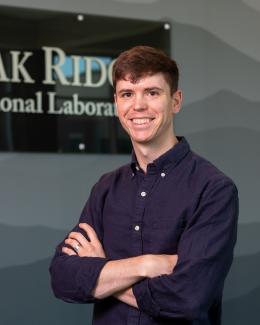Abstract
The combined benefit of both additive and subtractive manufacturing within the same gantry system enables hybrid directed energy deposition to create complex geometries with smooth surface finish and superior dimensional accuracy. Moreover, with layer-by-layer access to the structure during both the addition and subtraction of material, the insertion of components is now possible, assuming the components can survive the high temperatures associated with the subsequent metal deposition. Ceramic inserts are of interest for a variety of reasons including (1) to create complex interwoven ductile/brittle composites for ballistics or high-temperature applications or (2) to integrate high-temperature strain or temperature sensors protected within ceramic substrate subsumed into a larger metal structure. In this work, stainless steel substrates were machined to create an internal cavity for the insertion of a ceramic component. During the investigation of several different over-the-ceramic deposition strategies, components were inserted, and different process sequences were allowed to continue to envelop the inserted ceramic with varying success. Unmelted powder was used to serve both as a thermal buffer and to provide a flush surface upon which the laser cladding could continue. Subsequent depositions were attempted with both dry and wet powder (addition of machining coolant to wet). The wet powder has previously been demonstrated to not significantly impact the mechanical properties of a final structure and provided a thermal barrier to protect the ceramic piece from the extreme temperatures of the final metal deposition. The wetting of the powder provided stability and minimized displacement caused by the powder flow from the laser cladding head. Finally, the use of an oblique angle for laser cladding allowed for the redirection of some fraction of the introduced thermal energy away from the ceramic component and, consequently, improved the survival of the ceramic inserts. With this combination of techniques, ceramic inserts survived full embedding within a 3D-printed stainless steel structure.






